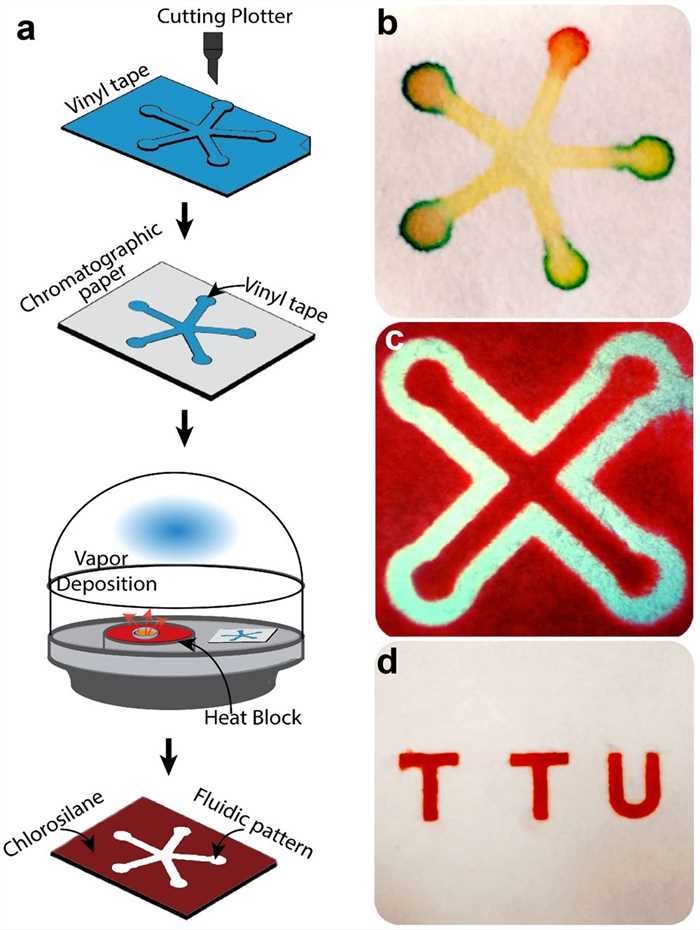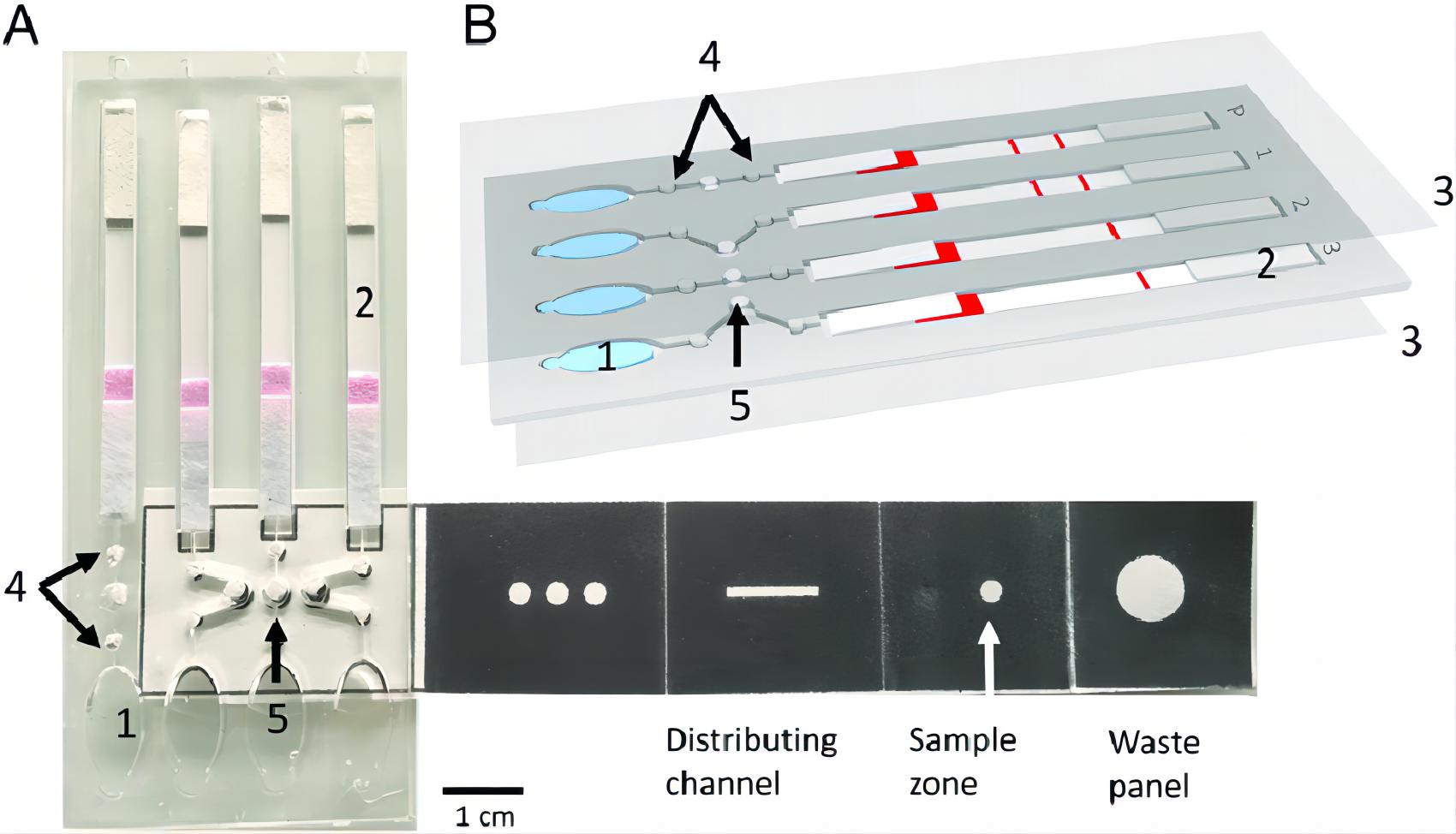Clinical diagnostics is the first and most important step in the treatment of a disease. However, many diagnostic assays require sophisticated laboratory infrastructure and expensive reagents. These devices offer promising solutions to disease management in resource-constrained settings where the vast majority of the population cannot afford expensive and highly sophisticated treatment options. There is a significant interest in developing inexpensive portable biosensing platforms for disease diagnostics at point-of-care (POC) settings that can provide rapid and accurate results. POC diagnostics provide a promising solution with numerous advantages, including portability, disposability, affordability, sustainability, simplicity and the ability to handle very small volumes of unprocessed samples, such as blood, urine and saliva. During the last decade, the field of Microfluidics has witnessed great developments and these advancements have played a key role to design various POC devices for resource-constrained settings. Therefore, Microfluidic-based POC devices are ideal candidates for POC diagnostic purposes, especially in personalized health care.
Paper-based Microfluidic Devices
Paper-based Microfluidic devices are well-suited for various applications, including the food industry, security, and environmental monitoring applications. A paper-based Microfluidic device is composed of paper, which is hydrophilic in nature and allows hydrophobic demarcations to be made with various polymers. A camera-enabled phone can be utilized with paper-based devices, and collected data and images can then be transmitted using the wireless communications networks to centralized laboratories for analyses and obtaining results in real-time.
 Fig.1 Development of paper-based microfluidic platform.1, 3
Fig.1 Development of paper-based microfluidic platform.1, 3
Sensing Technology: Colorimetric Detection
Colorimetric detection is one of the sensing technologies used in paper-based Microfluidic devices. The ability to provide a semiquantitative or “yes/no” answer makes colorimetric detection extensively applicable for paper-based Microfluidic devices. This detection method is based on reactions between the target substances and chemical reagents. The chemical reagents include acid-base indicators, dyes, or enzymes. The results of colorimetric detection can be obtained by direct visualization or computer software. Since direct visualization is often affected by dissimilar lighting environments, variations in color perception and the different colors of dry and wet papers, computer software is the preferred method. A three-dimensional (3D) Microfluidic device was fabricated using paper and tape.
Applications of Colorimetric Detection
- Detection of proteins and glucose
Colorimetric detection is often employed in paper-based Microfluidic devices for urine analysis. It has been utilized for the simultaneous detection of proteins and glucose in artificial urine. In the glucose assay, a color change from clear to brown demonstrated a positive result.In the adjacent protein assay, a positive test result was observed by a tetrabromophenol blue color change from yellow to blue.
- Detection of viral nucleic acids
A paper-based Microfluidic device was utilized for colorimetric detection of human papillomavirus (HPV) 16 DNA from a cervical sample in less than an hour. The proposed device was fabricated using paper and pressure-sensitive adhesive sheets to extract, amplify, and detect nucleic acids from clinical samples.
 Fig.2 Paper microfluidic device for simultaneous LAMP-based malaria diagnosis in blood samples.2, 3
Fig.2 Paper microfluidic device for simultaneous LAMP-based malaria diagnosis in blood samples.2, 3
Paper-based Microfluidic devices are becoming valuable tools in the analytical area due to their attractive passive movements of analyte without any external forces due to the capillary phenomenon. Techniques used to design Microfluidic patterns are cost-effective, less sample requirement, environmentally benign and rapid analysis. They are also well-suited for various applications, including the food industry, security, and environmental monitoring applications.
References
- Lam, Trinh, et al. "A chemically patterned microfluidic paper-based analytical device (C-µPAD) for point-of-care diagnostics." Scientific reports 7.1 (2017): 1188.
- Reboud, Julien, et al. "based microfluidics for DNA diagnostics of malaria in low resource underserved rural communities." Proceedings of the National Academy of Sciences 116.11 (2019): 4834-4842.
- Distributed under Open Access license CC BY 4.0, without modification.
For Research Use Only.

